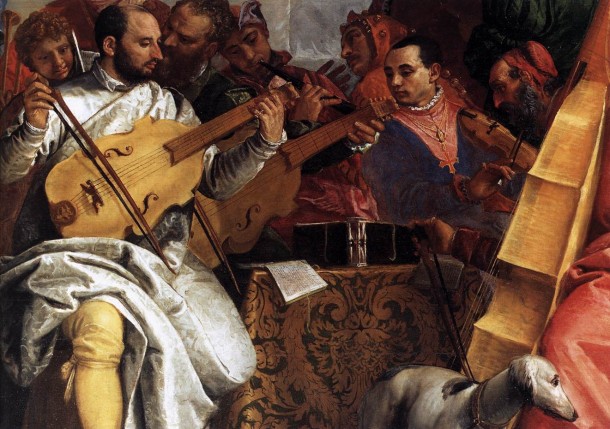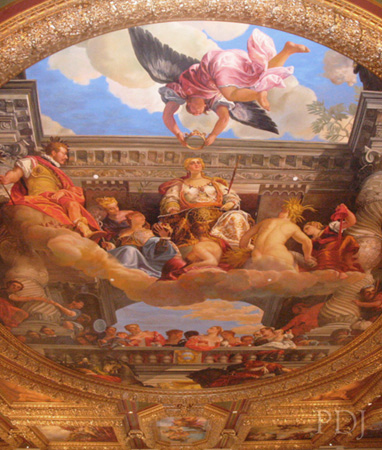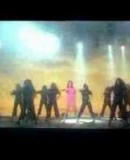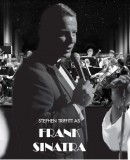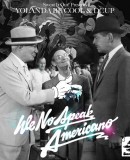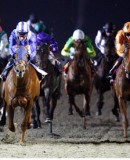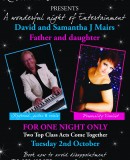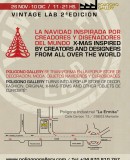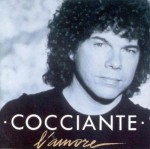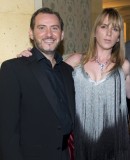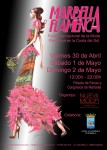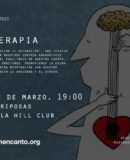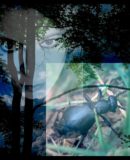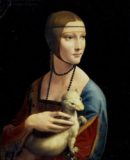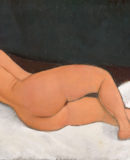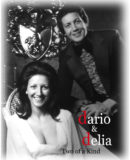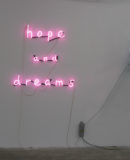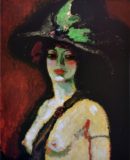The Genius of Venice - Exotic Fashion!
Rondo Veneziano “Gondole”
Rondò Veneziano is an Italian chamber orchestra, comprising mostly of women musicians, specializing in Baroque music, playing original instruments, but incorporating a rock-style rhythm section of synthesizer, bass guitar and drums, led by Maestro Gian Piero Reverberi. The unusual addition of modern instruments, more suitable for Jazz, combined with Reverberi’s arrangements and original compositions, have resulted in lavish novel versions of classical works over the years. As a rule in their concert tours, the musicians, mostly women, add to the overall Baroque effect wearing Baroque-era attires and coiffures.
In later years Rondò Veneziano also brought their fusion of classical and contemporary instruments to a number of albums dedicated to some of the great composers of the classical and baroque tradition.
A version of “La Serenissima” (Theme From Venice in Peril) was released in the UK as a single and reached number 58 in the UK Singles Chart in October 1983. The track was also widely used at that time by BBC Television, as the theme tune to Hospital Watch. The track was later to feature on the globally successful Venice in Peril album which was released as part of an international campaign to save Venice from sinking into the lagoon. (from Wikepedia)
In 1985, they provided the score for the movie Not Quite Jerusalem (known as Not Quite Paradise in the USA).
The orchestra has produced 70 albums in the 29 years since its founding in 1979.
The City of Venice in Italy, has played an important role in the development of the music of Italy. The Venetianma state the medieval Maritime Republic of Venice was often popularly called the “Republic of Music”, and an anonymous Frenchman of the 17th century is said to have remarked that “In every home, someone is playing a musical instrument or singing. There is music everywhere.”
During the 16th century, Venice became one of the most important musical centers of Europe, marked by a characteristic style of composition (the Venetian school) and the development of the Venetian polychoral style under composers such as Adrian Willaert, who worked at St Mark’s Basilica. Venice was also the home of many famous composers during the baroque period, such as Antonio Vivaldi, Tomaso Albinoni, Ippolito Ciera, Giovanni Picchi, and Girolamo Dalla Casa, to name but a few.
Venice was also the early center of music printing; Ottaviano Petrucci began publishing music almost as soon as this technology was available, and his publishing enterprise helped to attract composers from all over Europe, especially from France and Flanders. By the end of the century, Venice was famous for the splendor of its music, as exemplified in the “colossal style” of Andrea and Giovanni Gabrieli, which used multiple choruses and instrumental groups.
Venice is a splendid city, rich in Architectural gems that are strewn thoughout this magnificent and unique city. La Fenice opera house in the city Venice, has a rich and diverse architectural style, the most famous of which is probably the Gothic style. Venetian Gothic architecture is a term given to a Venetian building style combining use of the Gothic lancet arch with Byzantine and Arab influences. The style originated in 14th century Venice where the confluence of Byzantine style from Constantinople met Arab influence from Moorish Spain. Chief examples of the style are the Doge’s Palace and the Ca’ d’Oroin the city. The city also has several Renaissance and Baroque buildings, including the Ca’ Pesaro and the Ca’ Rezzonico.
Venice arguably produced the most unique and refined Rococo designs. Venice was a state in trouble as It had lost most of its maritime power, was lagging behind its rivals in political importance and society had become decadent, with nobles wasting their money in gambling and partying. But Venice remained Italy’s fashion capital, and was a serious contender to Paris in terms of wealth, architecture, luxury, taste, sophistication, trade, decoration, style and design.
Venetian Rococo was well-known for being rich and luxurious, with usually very extravagant designs. Unique Venetian furniture, such as the divani da portego, or long Rococo couches and pozzetti, objects meant to be placed against the wall. Venetian bedrooms were usually sumptuous and grand, with rich damask, velvet and silk drapery and curtains, a beautifully carved Rococo beds with statues of putti, flowers and angels. Venice was especially famous for its beautiful girandole mirrors, which remained amongst, if not the, finest in Europe. Chandeliers were usually very colourful, using Murano glass to make them look more vibrant and stand out from others, and precious stones and materials from abroad were used, since Venice still held a vast trade empire. Lacquer was very common, and many items of furniture were covered with it, the most famous being lacca povera (poor lacuqer), in which allegories and images of social life were painted. Lacquerwork and Chinoiserie were particularly common in bureau cabinets.
Venice’s list of illustrious painters are far too long to include in this article , which we will leave for another time.
We have shown in this video, just a tiny sample of Venetian imaginary genius, accompanied by the beautiful evocative music of Maestro Gian Piero Reverberi and his creation Rondo Veneziano!
Disclaimer: The views, opinions and positions expressed within this guest article are those of the author Dario Poli alone and do not represent those of the Marbella Marbella website. The accuracy, completeness and validity of any statements made within this article are not guaranteed. We accept no liability for any errors, omissions or representations. The copyright of this content belongs to Dario Poli and any liability with regards to infringement of intellectual property rights remains with the author.


